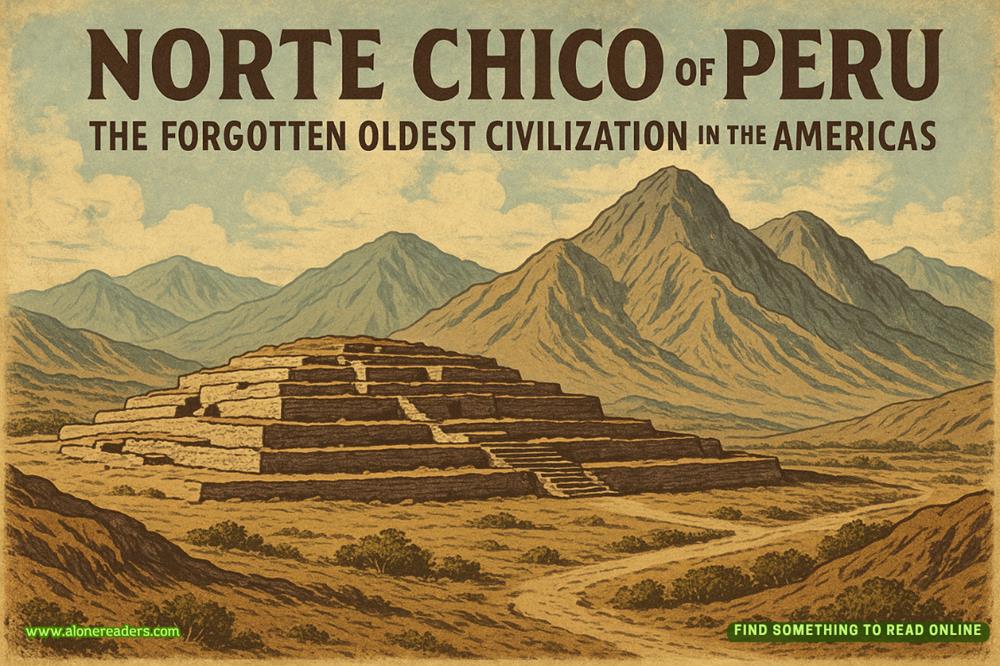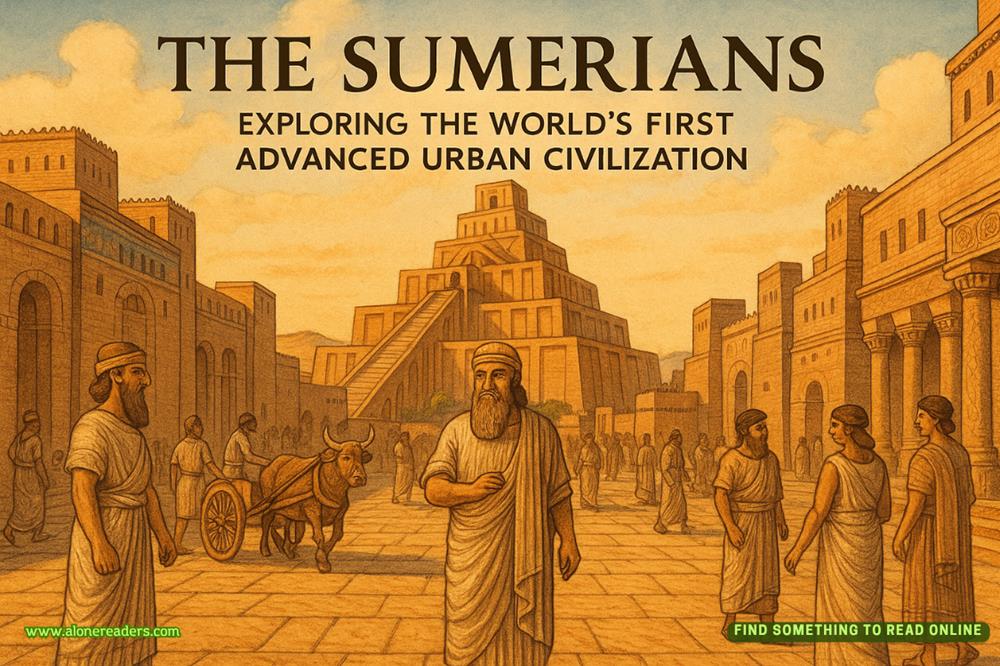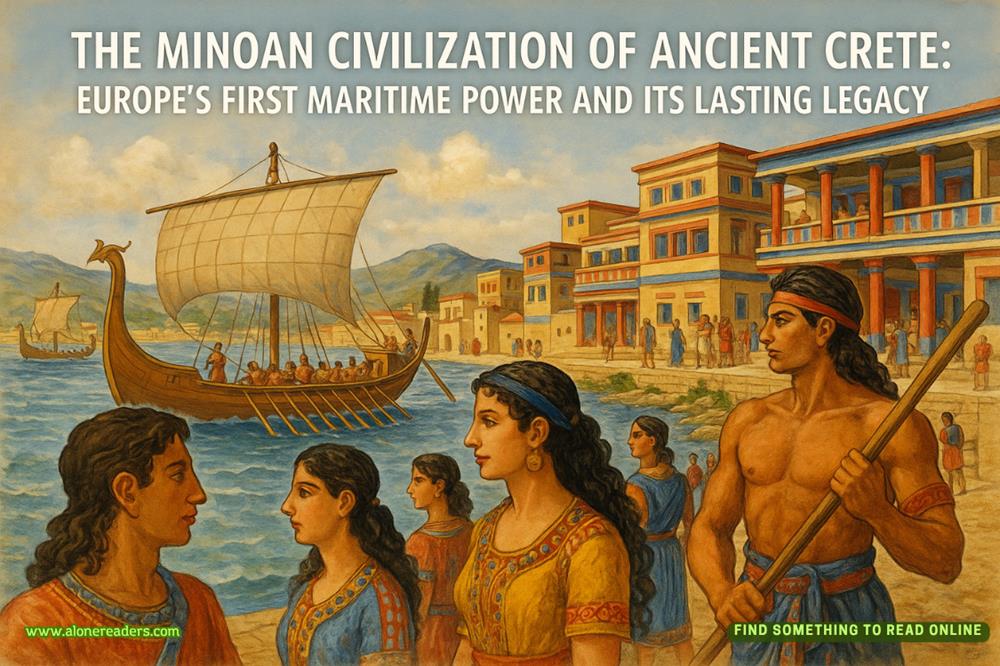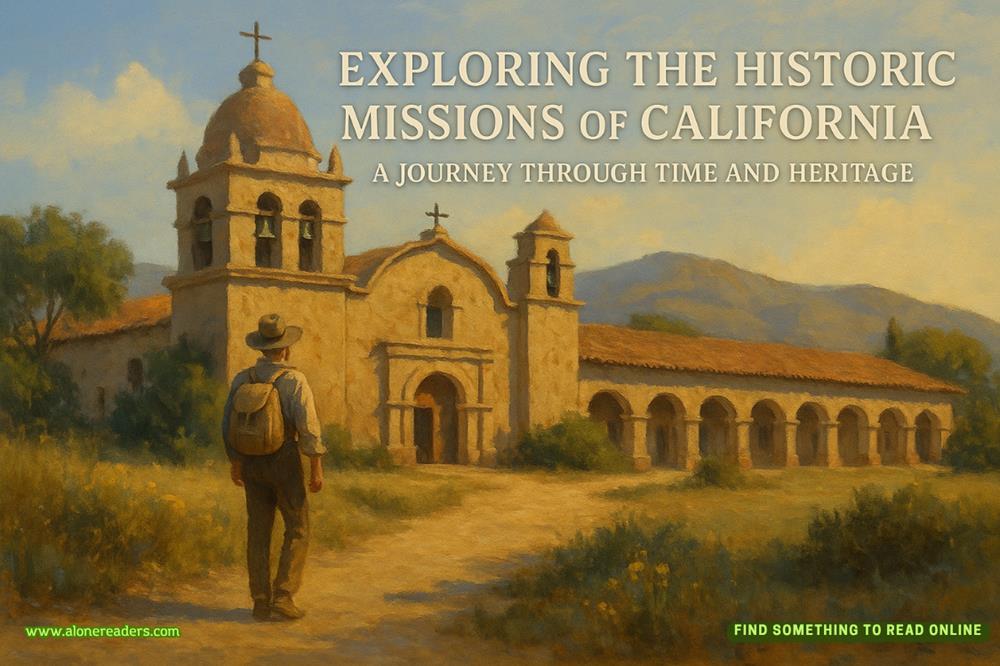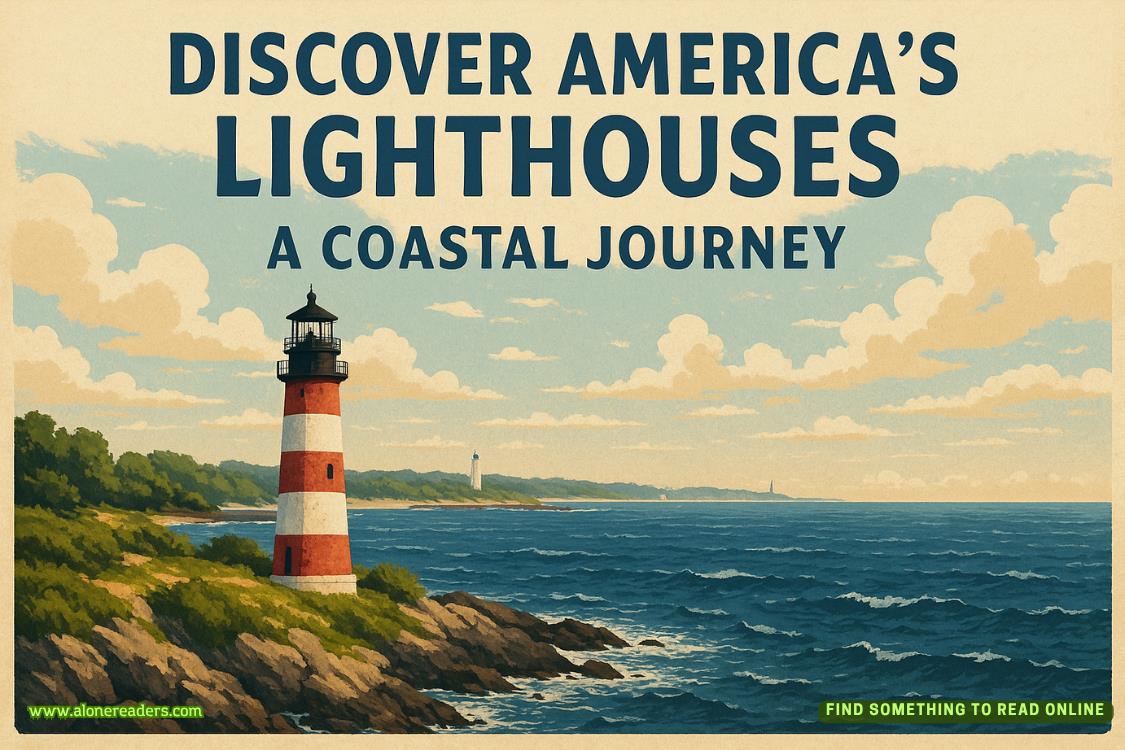Page 34 of The Seven Sisters
‘Okay,’ I agreed. ‘But how will you recognise me? There are bound to be many people there.’
‘I’ll recognise you, Senhorita D’Aplièse. I’ve seen your photograph on the internet.Adeus.’
I paid the driver and stepped out in front of the Estação do Corcovado, the tiny station at the foot of the mountain, wondering what Floriano Quintelas would be like in person. After all, I’d never met him, only fallen in love with the way he wrote.
After buying my ticket, I climbed aboard the two-carriaged train, which reminded me of the fragile Alpine railways that snaked up the mountains in Switzerland. I sat down and heard a cacophony of different languages – notably, none of them Portuguese. Eventually, the train began moving upwards and I looked out at the densely forested hillside, in awe that a jungle such as this could lie so close to a big city. It would never be allowed in Geneva.
I felt my head tilting backwards as we ascended, amazed at man’s ability to create a vehicle that could take me and my fellow passengers up what seemed like a near-vertical mountainside. The views became more and more spectacular, until finally we came to a halt at a tiny station and everyone alighted from the train.
I looked up and saw the heels ofChrist the Redeemer, mounted on a high plinth. The sculpture soared so far above me I could barely take in the rest of it. Watching my fellow passengers begin to mount the stairs, I wondered whether Floriano had meant that we should meet at the top or the bottom of them. But not wanting to waste any further time, I began to climb. And climb. Hundreds of steps later, I caught my breath, panting in the warmth of the day after my exertion.
‘Olá, Senhorita D’Aplièse. It’s a pleasure to finally make your acquaintance in the flesh.’
A pair of warm brown eyes smiled into mine, a hint of amusement in them at my obvious surprise.
‘You’re Floriano Quintelas?’
‘Yes! Don’t you recognise me from my author photograph?’
My gaze swept briefly over the handsome, tanned face, the full lips parted in a broad grin revealing very white, even teeth. ‘I do, but . . .’ – I gestured towards the steps beneath me – ‘how on earth did you arrive faster than I did?’
‘Because, senhorita, I was already up here.’ Floriano grinned.
‘How? Why?’ I asked him, confused.
‘Obviously, you have not read my author biography in detail. If you had, you would know that I am an historian by profession. And that I can also be occasionally employed as a guide, by anyone of distinction who wishes to share my superior knowledge of Rio.’
‘I see.’
‘Actually, the truth is that my book is not yet earning me enough money to live on, so this is how I supplement my writing,’ he admitted. ‘But it isn’t a hardship at all, showing and telling visitors about my wonderful city. This morning, I had a group of wealthy Americans who wanted to be up here before the crowds. You can see that now it is already very busy.’
‘Yes.’
‘So, Senhorita D’Aplièse, I’m at your disposal.’ Floriano gave a mock bow.
‘Thank you,’ I said, still feeling flustered at his immediate and unexpected appearance.
‘Are you ready for the history of Brazil’s most iconic landmark? I promise you, you don’t need to tip me at the end,’ he quipped, as he led me through the crowds and we stood on the terrace, facing the statue. ‘This is the best view of Him. Isn’t He incredible?’
My eyes soared upwards to theCristo’s gentle face, as Floriano talked to me of how the statue had been constructed. My brain was so full of the visual image, I hardly took in the spoken details he was relating.
‘The miracle is that no one was killed during the construction . . . Another interesting fact is that the project manager began work on theCristoas a Jew, but then converted to Christianity by the end of it. Senhor Levy wrote down all his family’s names and secured them in the heart of theCristobefore it was sealed into the statue with concrete.’
‘What a lovely story.’
‘There are many moving stories such as that. For example’ – he beckoned me forward and we walked right up to the statue – ‘the whole of the outside of theCristois made up of a mosaic of triangular pieces of soapstone. Society women spent many months sticking them on to mesh netting to make large panels, which meant the outer coating was flexible and therefore the statue would not be prone to wholescale cracking. An old lady who was present during the process told me that many of the women used to write the names of their loved ones and a message or a prayer on the back of the tiles. And there they are, sealed forever onto theCristo.’
My heart missed a beat, and I stared at him in amazement.
‘Senhorita Maia, are you okay? Was it something I said?’
‘It’s a very long story,’ I managed, eventually finding my voice.
‘Well, you can imagine that those are my favourite type,’ he said with a mischievous smile, before searching my face for one in return. On doing so, his expression changed to a look of concern. ‘You are suddenly pale, senhorita. Perhaps it’s too much sun. We will take a photograph – of course you must stand in front of theCristowith your arms open wide in imitation – and then we will go downstairs to the café and get you some water.’
So, like many hundreds of thousands of tourists before me, I posed as Floriano requested, feeling very stupid standing there, arms spread and trying to force a smile onto my features.
That accomplished, he led me back down the steps and into a shady café, instructing me to take a seat at one of the tables. He returned shortly and sat down opposite me, placing a bottle of water in front of us then pouring some into two glasses. ‘So, tell me . . . what is your story?’
